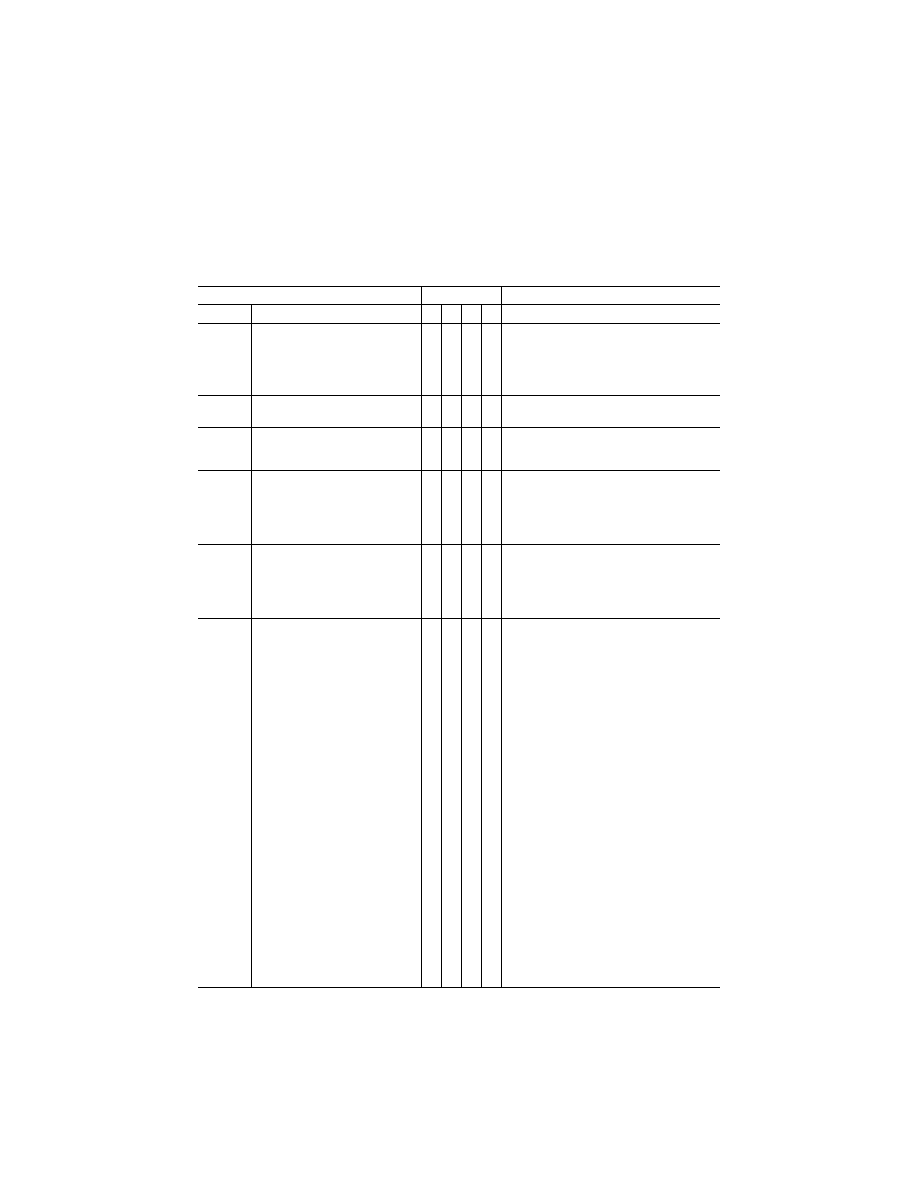
29
Federal Aviation Administration, DOT
Pt. 60, App. A
T
ABLE
A1A—M
INIMUM
S
IMULATOR
R
EQUIREMENTS
—Continued
QPS requirements
Simulator levels
Information
Entry No.
General simulator requirements
A
B
C
D
Notes
2.c. ............
Surface operations must be rep-
resented to the extent that allows
turns within the confines of the run-
way and adequate controls on the
landing and roll-out from a crosswind
approach to a landing.
X
2.d. ...........
Ground handling and aerodynamic pro-
gramming must include the following:
2.d.1. ........
Ground effect ........................................
X
X
X Ground effect includes modeling that accounts for
roundout, flare, touchdown, lift, drag, pitching mo-
ment, trim, and power while in ground effect.
2.d.2. ........
Ground reaction ....................................
X
X
X
Ground reaction includes modeling that accounts for
strut deflections, tire friction, and side forces. This
is the reaction of the airplane upon contact with
the runway during landing, and may differ with
changes in factors such as gross weight, air-
speed, or rate of descent on touchdown.
2.d.3. ........
Ground handling characteristics, includ-
ing aerodynamic and ground reaction
modeling including steering inputs,
operations with crosswind, braking,
thrust reversing, deceleration, and
turning radius.
X X X
2.e. ...........
If the aircraft being simulated is one of
the aircraft listed in § 121.358, Low-
altitude windshear system equipment
requirements, the simulator must em-
ploy windshear models that provide
training for recognition of windshear
phenomena and the execution of re-
covery procedures. Models must be
available to the instructor/evaluator
for the following critical phases of
flight:
(1) Prior to takeoff rotation.
(2) At liftoff.
(3) During initial climb.
(4) On final approach, below 500 ft
AGL.
X
X If desired, Level A and B simulators may qualify for
windshear training by meeting these standards;
see Attachment 5 of this appendix. Windshear
models may consist of independent variable winds
in multiple simultaneous components. The FAA
Windshear Training Aid presents one acceptable
means of compliance with simulator wind model
requirements.
The QTG must reference the FAA
Windshear Training Aid or present al-
ternate airplane related data, includ-
ing the implementation method(s)
used. If the alternate method is se-
lected, wind models from the Royal
Aerospace Establishment (RAE), the
Joint Airport Weather Studies
(JAWS) Project and other recognized
sources may be implemented, but
must be supported and properly ref-
erenced in the QTG. Only those sim-
ulators meeting these requirements
may be used to satisfy the training
requirements of part 121 pertaining
to a certificate holder’s approved low-
altitude windshear flight training pro-
gram as described in § 121.409.
VerDate Mar<15>2010
20:48 Jan 30, 2014
Jkt 232047
PO 00000
Frm 00039
Fmt 8010
Sfmt 8002
Q:\14\14V2.TXT
ofr150
PsN: PC150